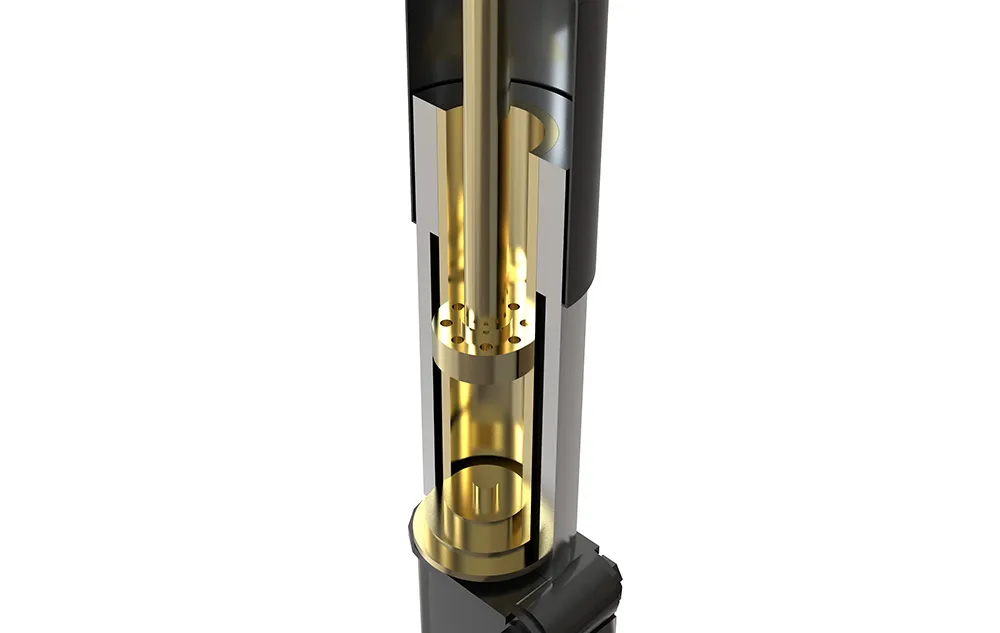automotive parts storage
Dec . 06, 2024 19:46
Optimizing Automotive Parts Storage Strategies for Efficiency and Organization
In the fast-paced world of automotive repairs and maintenance, efficient parts storage is paramount. The automotive industry relies heavily on timely access to parts, and disorganized storage can lead to delays, increased labor costs, and unhappy customers. Whether it's a small garage or a large dealership, having an organized parts storage system can significantly enhance operational efficiency. In this article, we will explore key strategies for optimizing automotive parts storage.
1. Understanding the Inventory
Before designing a storage system, it's essential to have a comprehensive understanding of the inventory. Automotive parts come in various shapes and sizes—from small fasteners and filters to large body panels and engines. Conducting an inventory audit will help you categorize parts based on their frequency of use, size, and type. Common categorizations include fasteners, electrical components, engine parts, and bodywork.
2. Categorization and Labeling
Once the inventory is understood, the next step is categorization and labeling. Group similar items together and employ a labeling system that is clear and easy to understand. For instance, consider using a color-coded system where each category (e.g., suspension parts, braking components) has its color. This visual aid helps workers quickly locate parts without having to search through disorganized shelves or bins.
3. Utilizing Modular Storage Solutions
Modular storage solutions offer flexibility and efficiency in automotive parts storage. These systems can be adjusted according to changing inventory needs. Shelving units, bins, and racks that can be easily reconfigured allow businesses to optimize their space based on the volume and type of parts being stored. Vertical storage systems, such as tall shelving and overhead racks, can maximize floor space while keeping parts easily accessible.
4. Implementing Inventory Management Software
In the digital age, relying solely on manual tracking is inefficient. Implementing inventory management software can revolutionize how automotive parts are stored and managed. Such systems allow for real-time tracking of stock levels, automated reordering, and detailed reporting on usage trends. This technology not only minimizes the risk of overstock and stockouts but also makes the inventory process more streamlined and less error-prone.
automotive parts storage
5. Establishing a First-In-First-Out (FIFO) System
Automotive parts can have expiration dates or may become obsolete over time. Implementing a First-In-First-Out (FIFO) system ensures that older inventory is used before newer stock, minimizing waste and reducing the likelihood of holding obsolete parts. Clearly marking the dates of receipt on each item and arranging storage so that older stock is easily accessible can help in maintaining FIFO practices.
6. Regular Audits and Maintenance
Even the best-organized storage systems require regular audits and maintenance. Conducting routine checks not only ensures that the inventory is accurate but also helps in identifying any misplaced items or areas that may need improvement. Regular audits can enhance accountability among staff and ensure that everyone adheres to the established inventory protocols.
7. Training Staff
An organized auto parts storage system is only as good as the people managing it. Providing training for staff on best practices for storing, retrieving, and managing parts can lead to significant gains in efficiency. Staff should be educated on the importance of maintaining organized storage and how to use inventory management tools effectively.
8. Safety Considerations
Lastly, safety should never be overlooked in parts storage. Heavy and bulky items should be stored in a manner that reduces the risk of injury. Ensure that all shelving units are stable and that staff is trained on safe lifting techniques. Implementing safety measures helps create a better workplace environment and reduces the risk of accidents.
Conclusion
Optimizing automotive parts storage is essential for improving efficiency and enhancing customer satisfaction. By understanding inventory, implementing organized systems, leveraging technology, and training staff, businesses can create a streamlined storage environment that meets their operational needs. As the automotive industry continues to evolve, maintaining an efficient parts storage system will be critical for success in this competitive field.
 Afrikaans
Afrikaans  Albanian
Albanian  Amharic
Amharic  Arabic
Arabic  Armenian
Armenian  Azerbaijani
Azerbaijani  Basque
Basque  Belarusian
Belarusian  Bengali
Bengali  Bosnian
Bosnian  Bulgarian
Bulgarian  Catalan
Catalan  Cebuano
Cebuano  Corsican
Corsican  Croatian
Croatian  Czech
Czech  Danish
Danish  Dutch
Dutch  English
English  Esperanto
Esperanto  Estonian
Estonian  Finnish
Finnish  French
French  Frisian
Frisian  Galician
Galician  Georgian
Georgian  German
German  Greek
Greek  Gujarati
Gujarati  Haitian Creole
Haitian Creole  hausa
hausa  hawaiian
hawaiian  Hebrew
Hebrew  Hindi
Hindi  Miao
Miao  Hungarian
Hungarian  Icelandic
Icelandic  igbo
igbo  Indonesian
Indonesian  irish
irish  Italian
Italian  Japanese
Japanese  Javanese
Javanese  Kannada
Kannada  kazakh
kazakh  Khmer
Khmer  Rwandese
Rwandese  Korean
Korean  Kurdish
Kurdish  Kyrgyz
Kyrgyz  Lao
Lao  Latin
Latin  Latvian
Latvian  Lithuanian
Lithuanian  Luxembourgish
Luxembourgish  Macedonian
Macedonian  Malgashi
Malgashi  Malay
Malay  Malayalam
Malayalam  Maltese
Maltese  Maori
Maori  Marathi
Marathi  Mongolian
Mongolian  Myanmar
Myanmar  Nepali
Nepali  Norwegian
Norwegian  Norwegian
Norwegian  Occitan
Occitan  Pashto
Pashto  Persian
Persian  Polish
Polish  Portuguese
Portuguese  Punjabi
Punjabi  Romanian
Romanian  Samoan
Samoan  Scottish Gaelic
Scottish Gaelic  Serbian
Serbian  Sesotho
Sesotho  Shona
Shona  Sindhi
Sindhi  Sinhala
Sinhala  Slovak
Slovak  Slovenian
Slovenian  Somali
Somali  Spanish
Spanish  Sundanese
Sundanese  Swahili
Swahili  Swedish
Swedish  Tagalog
Tagalog  Tajik
Tajik  Tamil
Tamil  Tatar
Tatar  Telugu
Telugu  Thai
Thai  Turkish
Turkish  Turkmen
Turkmen  Ukrainian
Ukrainian  Urdu
Urdu  Uighur
Uighur  Uzbek
Uzbek  Vietnamese
Vietnamese  Welsh
Welsh  Bantu
Bantu  Yiddish
Yiddish  Yoruba
Yoruba  Zulu
Zulu 












